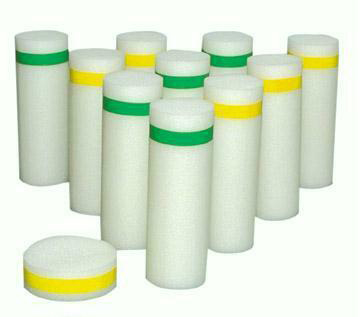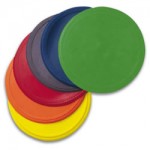Take A Chance
Setup and Equipment
- Students will be spread out four to six feet apart and spread around the gym floor. It may help to use polyspots or floor markings to designate placement of the targets. It works best to have th will help spread the game out and encourage individual play.
- You will need plenty of coated foam balls (preferred) and enough foam targets so there are 3-4 people, without targets, who are left to be the next people into the games when someone’s target is knocked down.
- To start the game, line up students to pick up a ball and target for most students in the class. They don’t all need a ball to start the game. just a target. They find a spot on the floor to set up their target. There will be three or four students left to form a line for entering back into the game.
- Students spread the targets, so they are they are 4-6 apart from the other players. No placing them in a corner or against a wall.
Guidelines
- Play begins…
- The object of the game is to keep your target up while knocking other targets over.
- Player may not venture more than 2 steps from their target.
- When a foam target is knocked down -students should bring their target to the line and hand it to the next person in line.
- They now go to the end of the line and return to the game when they move to the front of the line.
- Game continues for as long as time permits.





